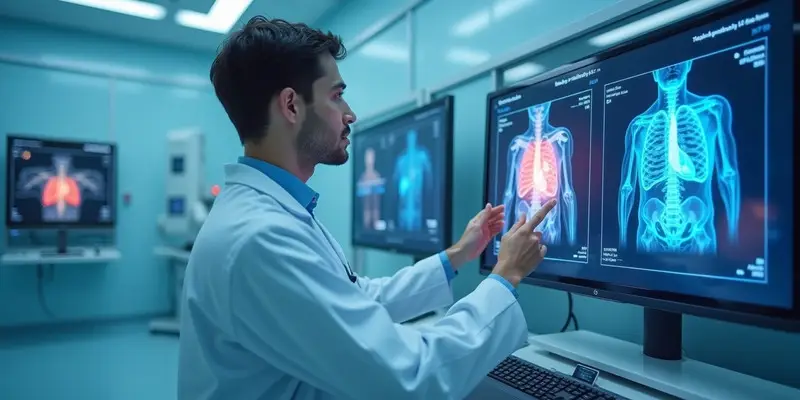- Published on: May 01, 2020
- 2 minute read
- By: Dr Vibhash Mishra
Collateral Damage From Corona: Telemedicine Has The Solution
Collateral damage from Corona: Telemedicine has the solution
They say time flies when you are having fun. The opposite is probably true. Barely a few months of this pandemic and it already seems like an eternity. Corona has become a way of life. We have started almost forgetting what normal life used to be like! In such a situation, it is easy to be overwhelmed with the enormity of the impact this malady is having on our lives. It is easy to lose a sense of perspective.
The fight against Corona is so all-consuming that all other health issues have been shoved into the background. And that is extremely dangerous. Because these other enemies of mankind may be down, but they are certainly not out. While the hospitals and healthcare systems are busy looking after the victims of Corona, and rightly so, sufferers of other illnesses do not know where to go. This collateral damage from Corona will have disastrous consequences. While humanity is busy working out which type of mask is the safest and how far droplets can travel, cancers are advancing, kidney failures are deteriorating, treatable infections are turning into life-threatening sepsis. These are conditions that are killing and will kill patients. There are many more that are making the sufferers’ quality of life miserable such as urinary incontinence.
These vulnerable patients must be finding themselves totally helpless. They have been forced by circumstances to stay indoors. Venturing out to seek medical help is fraught with a double-pronged problem. Doctors and hospitals may not be available or have the capacity to treat them or even more importantly, they may expose themselves to COVID which is likely to affect them much more seriously than healthier people. Clearly this is an enormous problem piling up. The normal way of visiting a clinic or hospital is not easy at present due to restrictions and will not be easy in the near future due to a massively increased demand.
So what do these people do? The last thing they do is panic and resign. They must remember “even the darkest night will end and the sun will rise.” What they need to do is to look at alternatives. Think technology, think digital, think remote. In simpler words, turn to Telemedicine. There are excellent online platforms that can arrange a virtual consultation with a specialist at a convenient time and affordable price. Of course, it is an alternative and not a substitute for face-to-face consultation and has its limitations. However, those limitations are neither unsurmountable nor applicable to all cases. There are a lot of medical problems for which a physical examination is not required, not at least at the very outset, and the initial treatment can very well be instituted on the basis of good history. There may be many other people waiting for a follow-up consultation to discuss results and medication. That can be easily done online. For many others, some sort of physical visit to a clinic for a test or clinical examination will be necessary. But even they can significantly reduce the number of actual visits and free up capacity at hospitals while exposing themselves much less to the risk of infections.
There are many advantages of telemedicine, on the other hand. The convenience of making a consultation at a time that suits you, the ability to choose from a number of specialists from anywhere in the world, the ability to get a second opinion, to name a few. Yes, you pay for the service, but you save on other fronts. You don’t travel with a few family members to a different city and stay there for days and weeks. Some people find the experience of facing a doctor quite unnerving and forget to ask half of the questions they had. No such regret here, submit and re-submit as many as you want.
In summary, we are going through a tough time. But we must not forget when one door shuts, many others open. Telemedicine is one such door that is always open. We run an online platform that can be accessed at www.secondmedic.com and welcome the opportunity to serve you. Be safe and don’t risk going out at this time for what can easily be done remotely.
Dr. Vibhash Mishra
Chief Medical Officer Second Medic Inc









